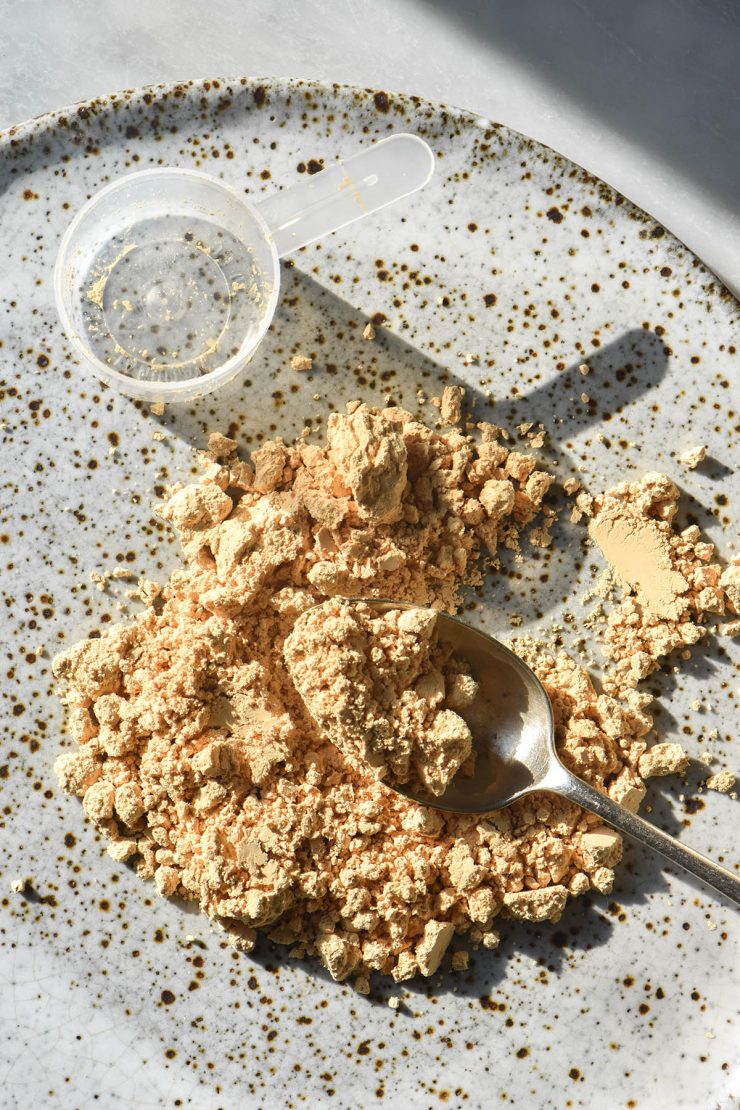
If you follow me on Instagram, you might recall that I recently got quite into protein powders. Specifically, I was looking for a low FODMAP protein powder that was vegan and SIBO friendly as well as delicious. I haven’t found what I was looking for, which is actually the inspiration for this post. I want to share everything I’ve learned about low FODMAP protein powders thus far.
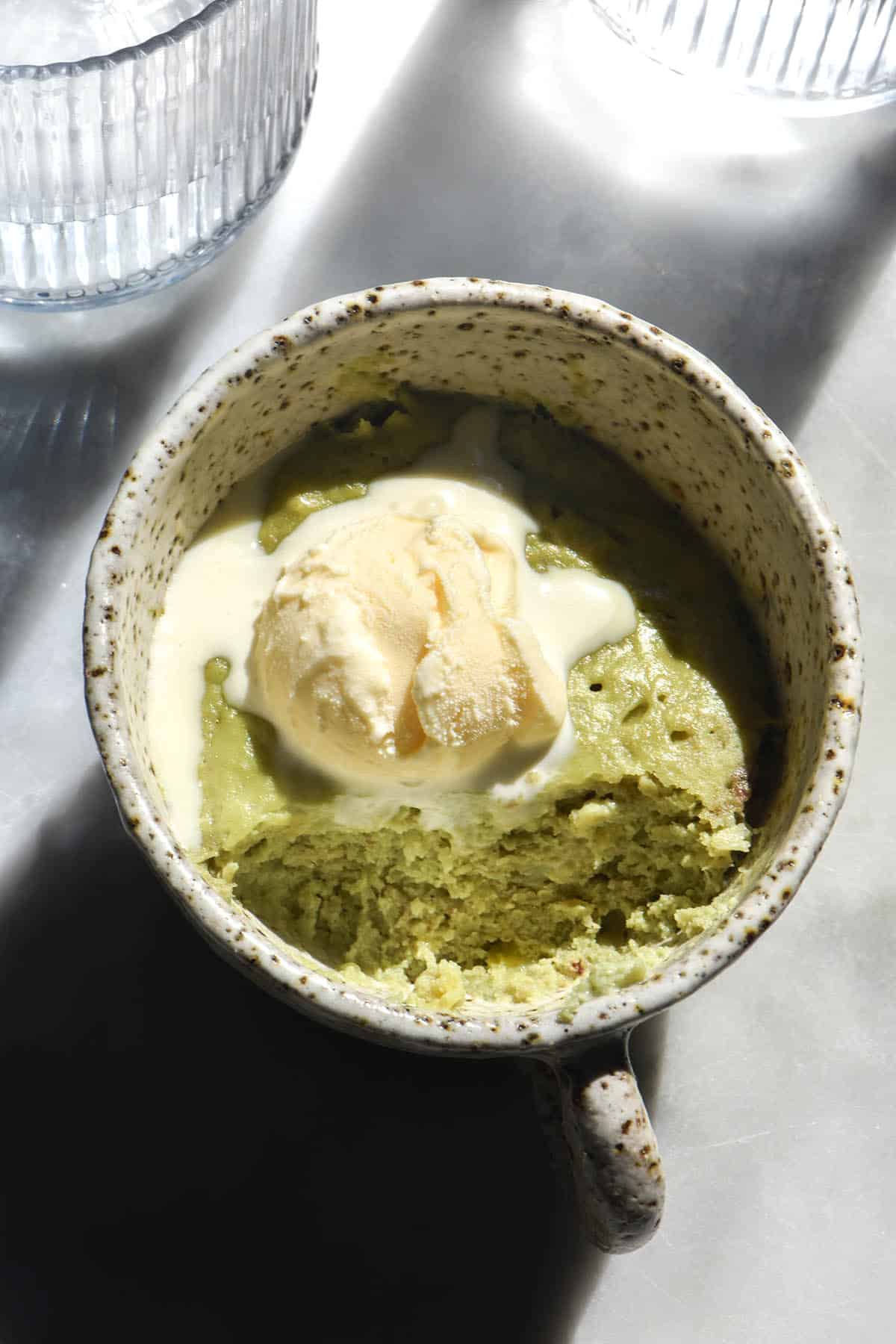
Low FODMAP protein powders
Before we begin, it’s worth noting that there are many variables when it comes to finding a low FODMAP protein. Once you have established the protein sort that is right for you (whey, pea, etc) you need to establish whether the brand you’re looking at contains any high FODMAP ingredients. We’ll go into the common high FODMAP ingredients below.
I’ve tried as best as I can to go through as many different protein powder varieties as possible. I have tested quite a few pure proteins now, so I will include notes on flavour and texture as well.
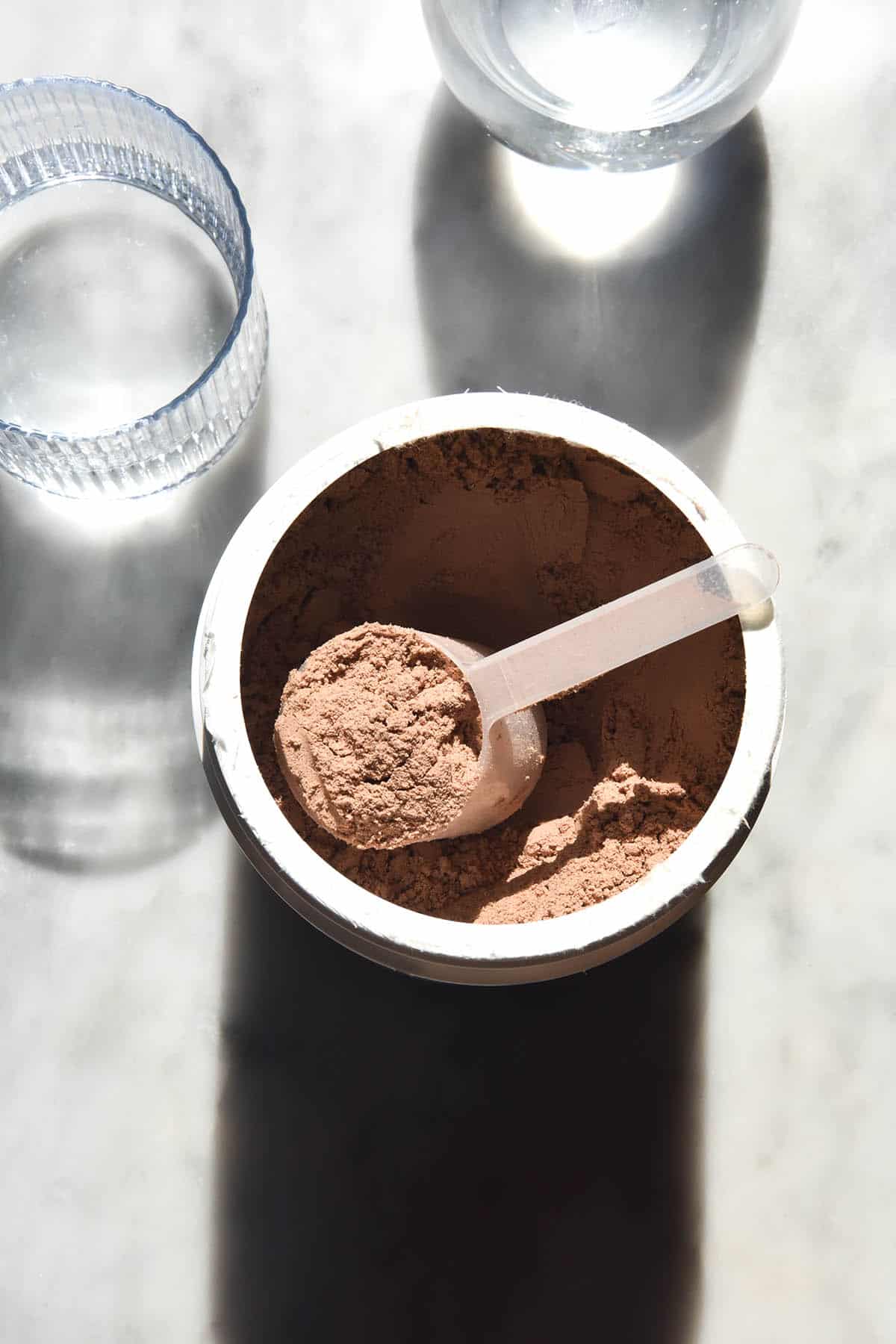
Common high FODMAP ingredients in protein powders
The following is a list of ingredients to look out for when buying a protein powder.
- Inulin
- Chicory root or chicory fibre
- Beet fibre
- Jerusalem Artichoke
- Protein that markets itself as including prebiotics (these are often high FODMAP, Monash writes)
- Sugar alcohols such as xylitol, sorbitol and mannitol (interestingly, erythritol is low FODMAP)
- Fructose, dried fruit or fruit juice powder
- Some proteins made with pea or legumes (which we will go into below)
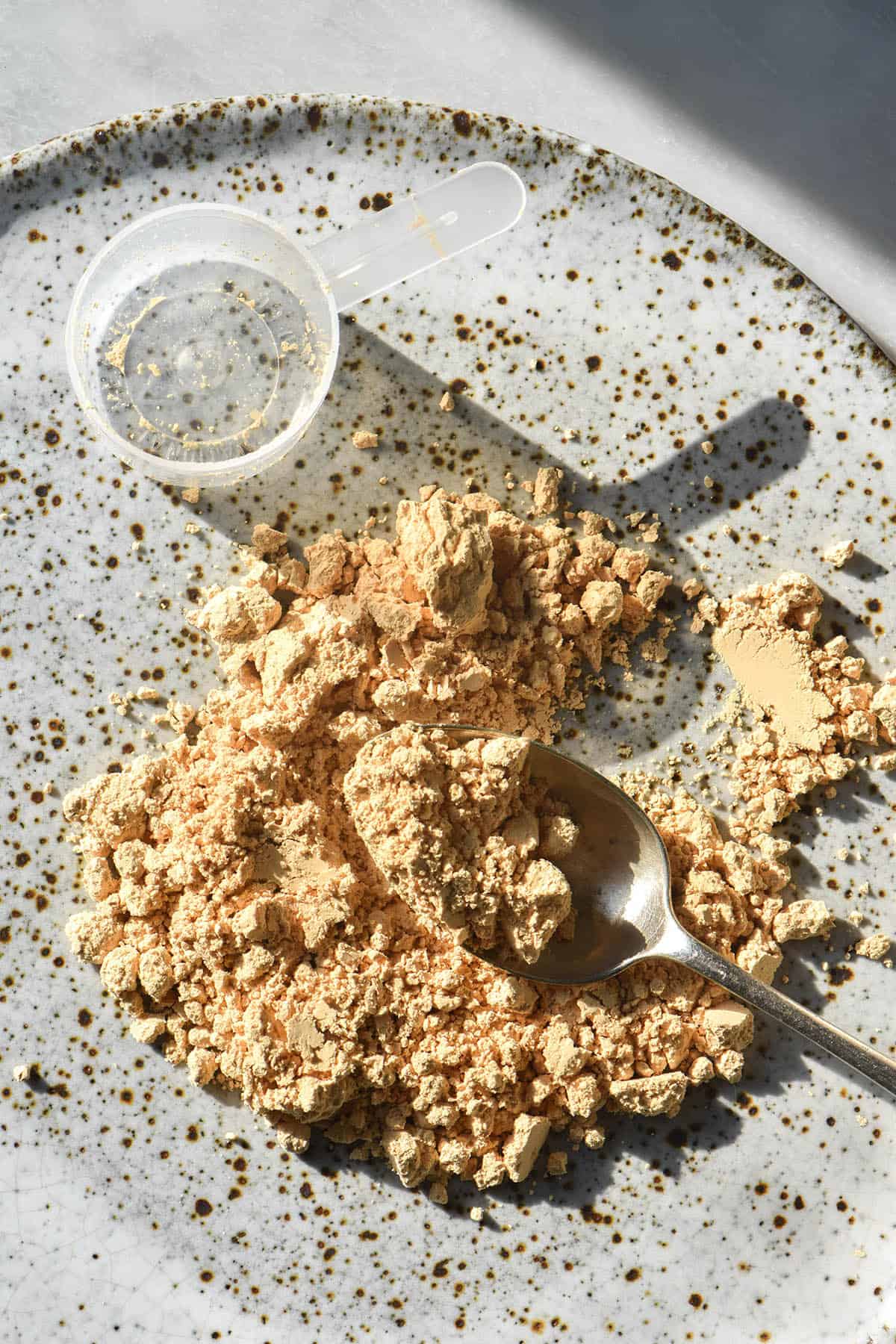
Is pea protein low FODMAP?
There is some confusion around legume based protein powders and FODMAPs. I was confused, too. Most plant based proteins have the carbohydrate content removed in the course of processing. Since the carbohydrate is where the FODMAP content lies, one would assume that the FODMAP content is lessened during processing (as with WPI).
However, Monash has found that removing the FODMAP content during processing is fickle and varies across the board. This makes it difficult to ascertain how high FODMAP a protein powder is by just looking at the label. As such, Monash suggest buying a naturally lower FODMAP style of protein.
With that said, there may be some brands who process their pea or legume protein in such a way as to remove the FODMAP content. Check the Monash app and any Monash certifications of a brand before making your decision.

Low FODMAP protein powders
Whey protein isolate
Whey protein isolate is a low FODMAP dairy based protein powder. This variety of protein (WPI) goes through extra filtration when compared to regular whey protein or whey protein concentrate. As a result of this filtration, most of the lactose content is removed. This is why WPI is the recommended variety of dairy based protein for a low FODMAP diet.
There are lots of brands of WPI out there, each serving a different sort of customer. Personally, I love Bare Blends vanilla WPI. It contains WPI, stevia, vanilla bean and a little bit of soy lecithin. I love the minimal ingredients and the taste.
Rice protein
Because most varieties of rice are FODMAP free foods, rice protein is a great low FODMAP protein powder. It is also vegan friendly, and suitable for people with dairy allergies or intolerances (which are different to lactose intolerance).
Personally, I don’t do well with xanthan gum or guar gum on an everyday basis. It’s fine for a treat, but not for my every breakfast. I have purchased Bulk Nutrients rice protein, which contains nothing but rice flour protein. This works for me because it allows me to add sweeteners and flavours that suit my dietary needs.
Hemp seed protein
Although there is no entry for hemp seed protein on the Monash app, the seeds themselves are low FODMAP in 20g servings. The upper limit is 50g, suggesting there might be some wiggle room. Again, I bought Bulk Nutrients brand. Another brand that comes well recommended in Australia is Hemp Foods Australia.
Hemp protein has a nutty taste and is light brown in colour.
Pumpkin seed protein
Pumpkin seed (or pepita) protein hasn’t been tested by Monash. However, pumpkin seeds themselves have a low FODMAP threshold of 23g per serving, or approximately 2 tablespoons. Their upper limit is 100g, which suggests there is wiggle room for the low FODMAP threshold.
I purchased Bulk Nutrients pumpkin seed protein, which is 100% pumpkin seed protein. It has a matcha green colour and appearance. The taste of pumpkin seed protein is nutty and mild, and the texture is a little bit chalky but not unpleasant. I have been testing proteins with water, but it would be much nicer with milk or mixed into a smoothie. Sprout Living also makes a pure pumpkin seed protein.
Peanut protein
Peanut protein is a lesser known or used plant based protein. I found it really hard to track down in it’s pure form. It is different to peanut powder – it is defatted and compressed to extract the protein.
Although Monash haven’t tested peanut protein, regular peanuts are low FODMAP in 28g, but are also considered to have only trace amounts of FODMAPs. The Monash app says that peanuts are able to be eaten ‘freely and according to appetite.’ Best news I have heard in a while, just quietly.
I purchased the PB2 protein powder (not regular powder) and I LOVE IT. It tastes like peanuts, and is by far and away the most pleasant plant based protein I have tried.
Chia seed protein
This protein seems to be an addition to some plant based protein powders, rather than a a solo protein. I tried really hard to find some pure chia seed protein, to no avail.
Chia seeds are low FODMAP in 24g serves, or approximately 2 tablespoons. Their upper limit is 48g servings or 4 tablespoons.
So, while you might not be able to find a pure chia seed protein, know that the inclusion of chia seed protein in a powder can be a low FODMAP choice.
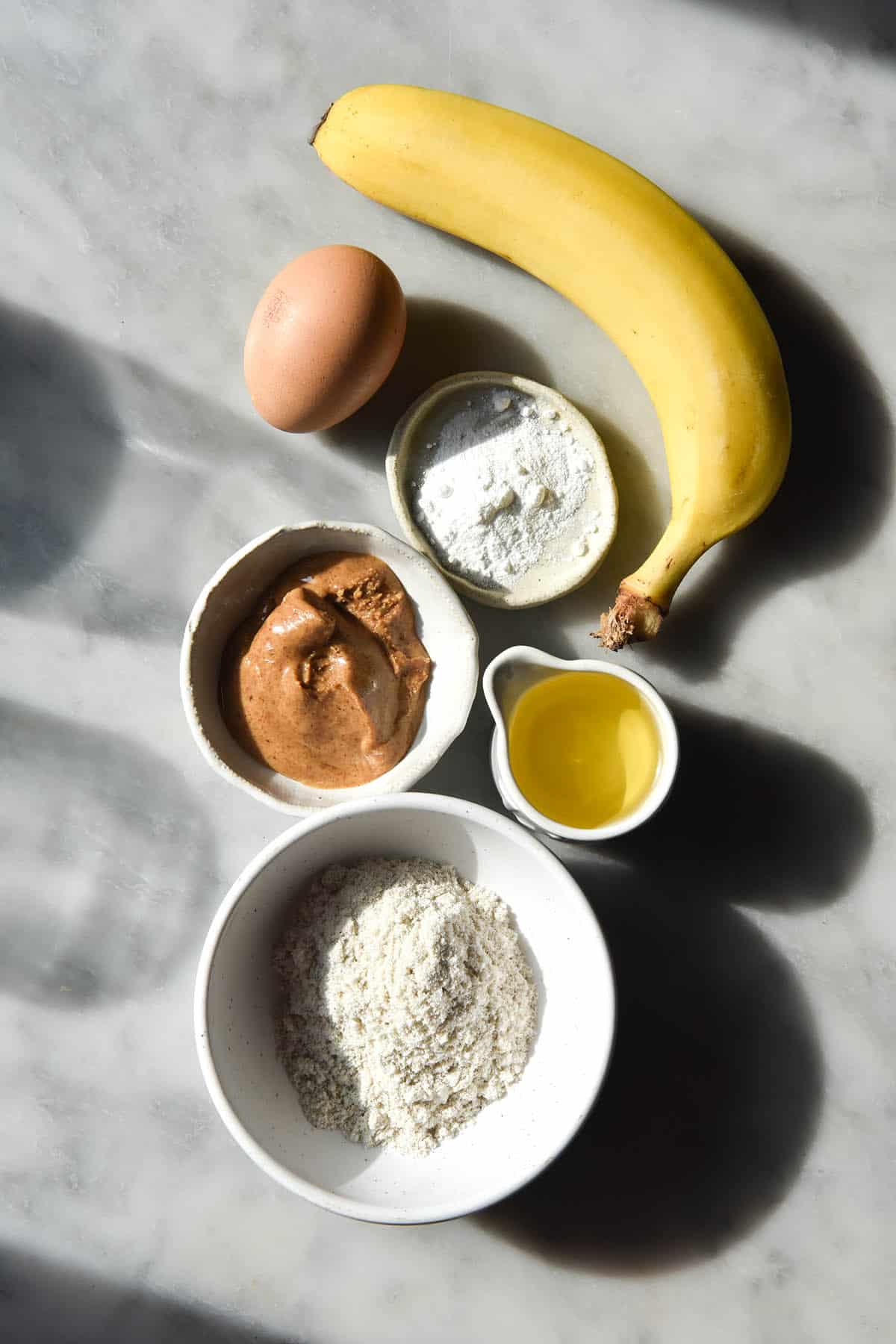
Higher FODMAP plant protein powders
There are a number of different plant proteins on the market these days. Many of them are blends of different proteins, so it’s good to be aware of which proteins are from higher FODMAP ingredients. Of course, there may be brands out there who process their protein in such a way as to lower the FODMAP threshold. Refer to the Monash app or any Monash certifications when making your decision.
- Pea protein. Although this used to be listed on the Monash app, it seems to have been removed. Monash writes on their website that variables in processing mean it is difficult to ascertain whether a pea protein is low FODMAP or whether residual FODMAPs remain. Because this is the most popular plant based protein, it makes finding a low FODMAP vegan protein more difficult.
- Fava bean protein
- Any other bean protein or addition (many have added fermented garbanzo, lentil, etc)
- Sunflower seed protein (sunflower seeds have a FODMAP threshold of 6g, and a serve of protein is usually around 20-30g)
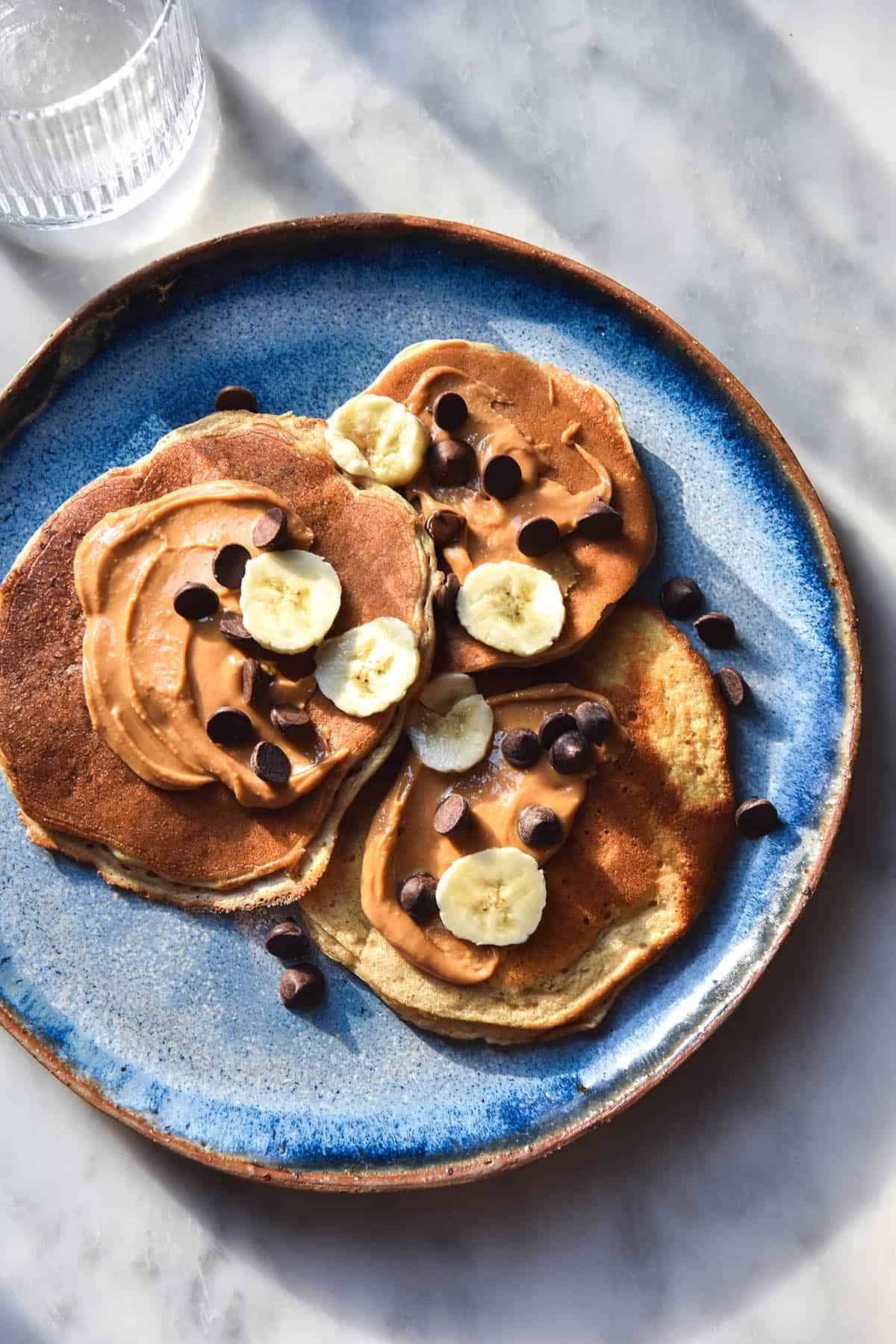

No Comments